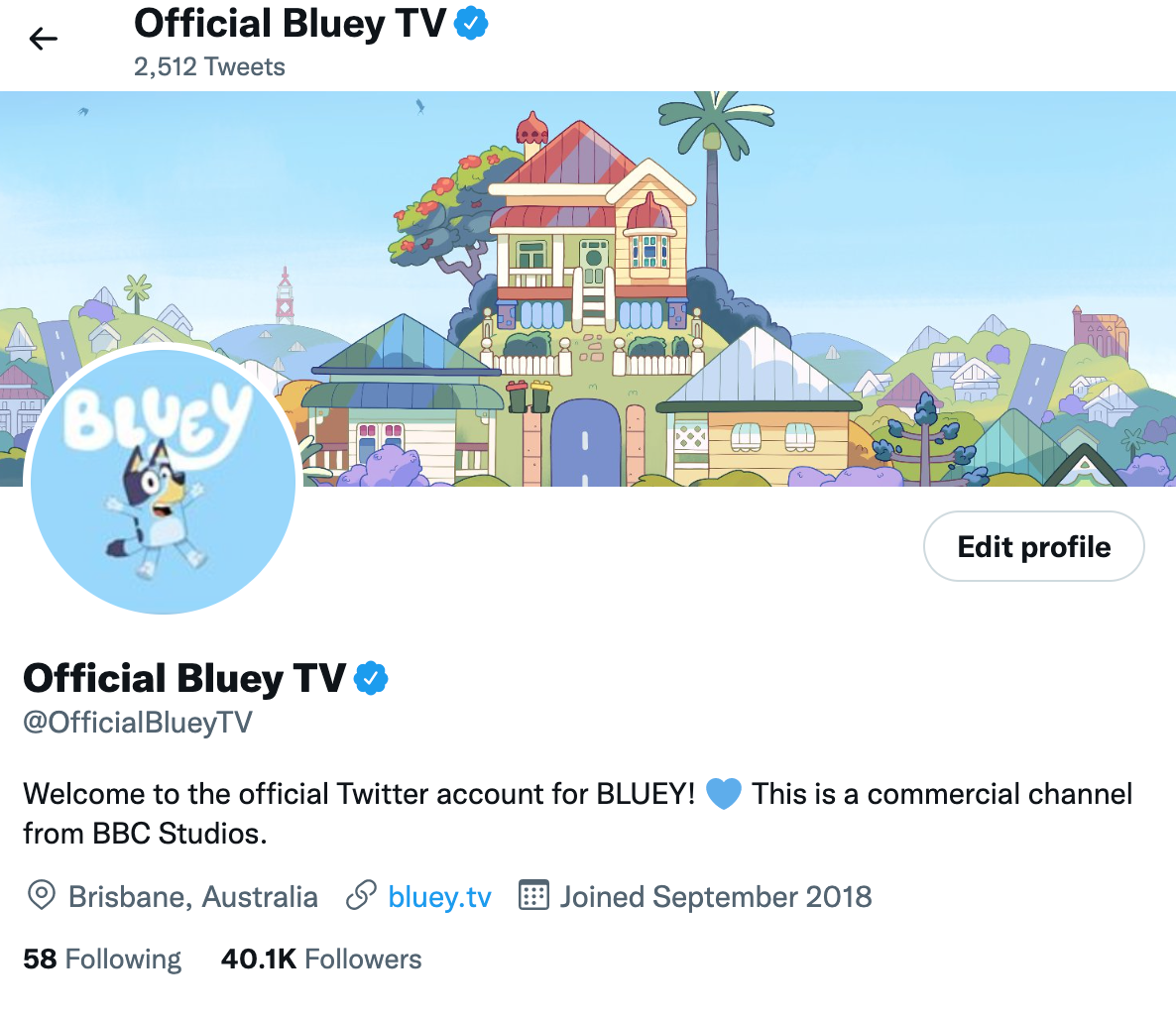13 Things Not to Do on Twitter
/Twitter continues to be a relevant platform for specific industries and audiences–especially if your brand doesn’t lend itself well to photos or vertical videos. While Twitter may seem simple on the surface–it’s just 280 word posts, how hard can it be?--there’s much more to it! After sharing 11 Things Not to Do on Instagram and 9 Things Not to Do on Facebook to a great response, I’m excited to give you 13 things not to do on Twitter.
1) Don’t tweet too infrequently.
Twitter requires a much higher posting frequency than other platforms. Tweets have a short lifespan, reportedly just 18 minutes. I recommend posting at least 1 tweet per day, up to 3 per day if possible. That can include retweets or quote tweets too! Just hopping on and posting once a week or less isn’t going to cut it for Twitter.
2) Don’t forget to include visuals.
Tweets with a photo in them perform better than tweets that are text-only! Studies show that including a photo can increase retweets by 35%. Not every single tweet needs a photo, but including photos more often is likely to improve your engagement.
3) Don’t use hashtags excessively.
The recommendation is no more than 2 clickable items per tweet, whether that’s 1 hashtag and 1 link, or 2 hashtags. Using 15 hashtags in a tweet is a surefire way to show that you don’t really know what you’re doing.
4) Don’t copy other brands.
It’s wise to research what your competitors are doing, but mimicking them isn’t going to gain you customers. And besides, imitating Wendy’s social media strategy is an outdated move.
5) Don’t have full customer service conversations publicly.
If folks come to your brand on social media to resolve customer service issues, make sure you take it to DMs. It keeps your channels clean and easy to follow, and ensures that if anyone gets testy over a tough problem to resolve, the whole thing isn’t out in the open for other customers to see and critique.
6) Don’t be boring.
Twitter is one of the best platforms for being more playful with your brand voice. You can experiment with including gifs, emojis, and memes, make quirky little jokes, and have fun with it. Being stodgy and super-professional feels stale and stodgy on Twitter. There’s a human behind the Twitter handle, and it’s okay to show some personality.
A pinned tweet by Bookshop.org
7) Don’t miss out on optimizing your profile.
Make sure you’ve pinned a tweet to the top of your page. This should be something that’s evergreen and will be helpful at any time to folks who visit your profile. You also want to keep your bio fresh and up-to-date. Don’t waste space by including a phone number or physical address; folks can find that on your website if they need it.
A fresh, clean, optimized bio by Bluey
8) Don’t forget to post on evenings and weekends.
Folks are online all the time, not just during business hours. You want to post when people are online, so don’t just tweet during 9-5! Try using a scheduling tool to get your tweets queued up so you don’t have to worry.
9) Don’t make it all about you.
Twitter is a community and interacting is a key part of it. Social media is a two-way street, so don’t just shout into the void. Spend time liking and replying to others’ tweets (when relevant–don’t make it weird) and retweeting folks (when appropriate).
10) Don’t jump on a trending topic if you haven’t researched it first.
There are tons of cringey examples of this! One of the worst I can recall is DiGiorno's Pizza joining #WhyIStayed (a discussion of domestic violence) adding “You had pizza.” Just awful! Make sure you’re aware of the context of the conversation you’re joining before you insert yourself.
The infamous DiGiorno’s tweet
11) Don’t be too promotional.
Like all social media, it needs to be somewhat conversational. Follow the 80/20 rule: 80% helpful, unbranded content and 20% more promotional content. By keeping things entertaining and educational most of the time, people can develop a relationship with and interest in your brand without feeling like you’re selling to them constantly.
12) Don’t cross-post from Instagram or Facebook.
I see many nonprofits that have this set up, and it always makes me a little sad. These posts usually end up truncated due to Twitter’s character limit and often images don’t come through properly. Take the extra time to schedule tweets separately, tailored to Twitter.
13) Don’t engage with trolls.
Trolls are inevitable on many platforms, but they are especially common on Twitter. If someone keeps harassing your account with rude comments, it’s okay to ignore them. Especially if that account has an egg for a profile picture, or won’t show their own face in their profile picture–that’s typically a sign that they are not operating in good faith and you don’t need to take their criticism too seriously.
For more social media insights, subscribe to my unboring email newsletter.






